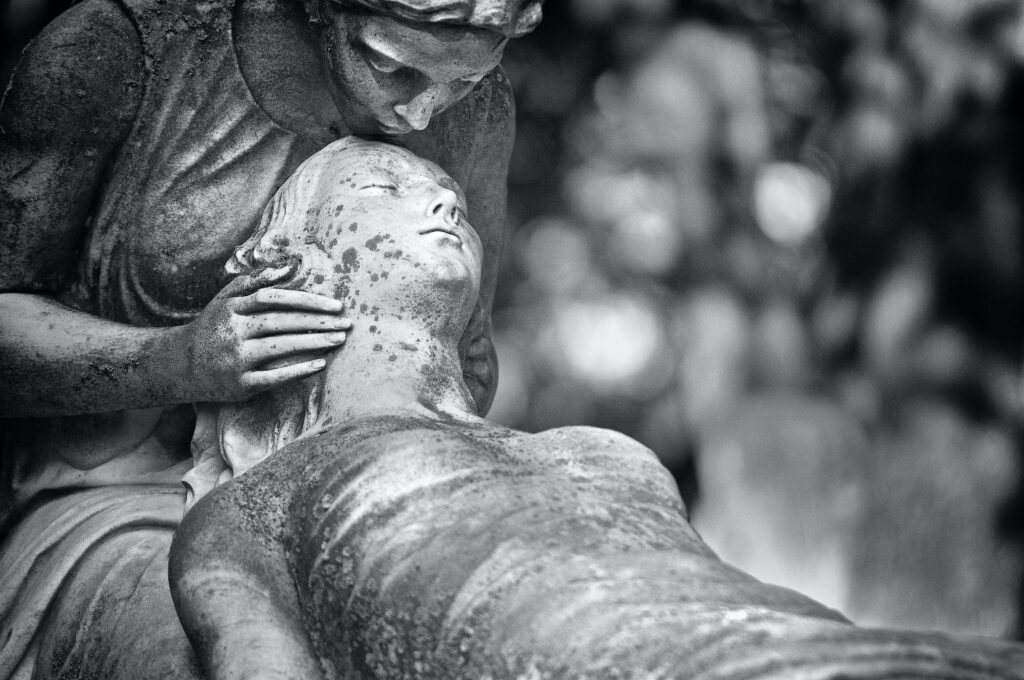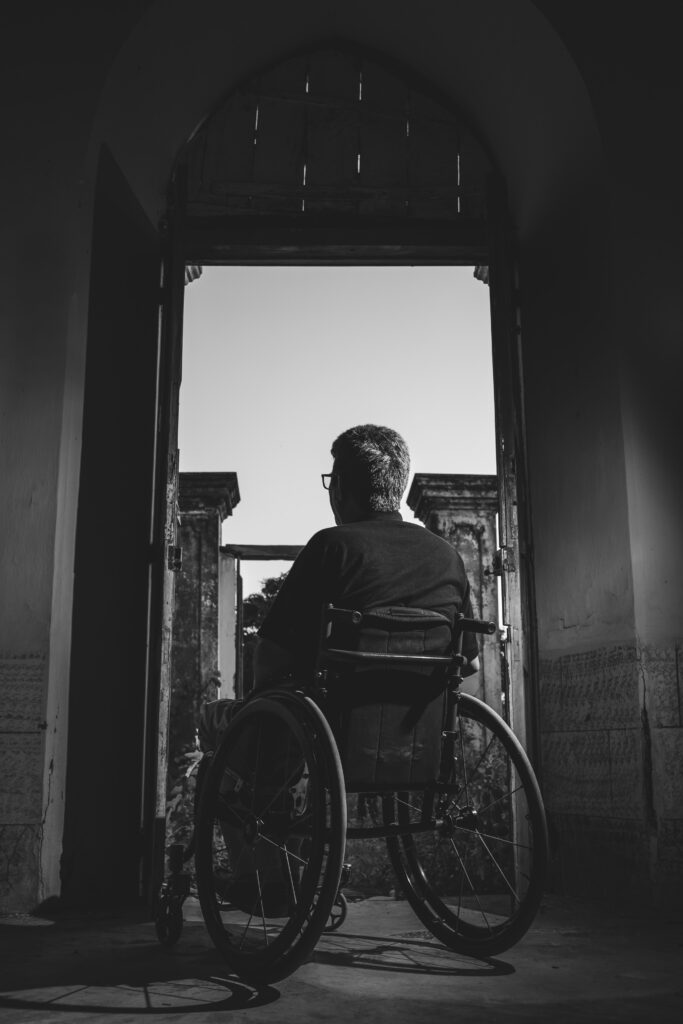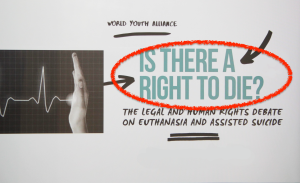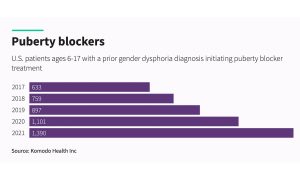The practice of euthanasia and assisted suicide goes directly against the concept of human dignity.

The history of euthanasia is a lengthy one. Dating back to classical antiquity (5th century B.C. to 1st century B.C.) the ancient Greeks and Romans would frequently practice “mercy killings.” Although Hippocrates, widely accepted author of the Hippocratic Oath, had already produced his findings and beliefs, many doctors would still support and administer a poison to someone who wanted to voluntarily end their life because of an illness. After the birth of Christianity, the support for euthanasia and assisted suicide declined because of the widespread belief that human life was gifted from God. This trend continued on for many centuries up until the 1930s, where in the United States, the Great Depression increased sentiments on enacting policy to allow for “controlled dying.” Around the same time, the Voluntary Euthanasia Legislation Society was founded in England by a retired physician. This article will attempt to follow the growing trend of euthanasia and assisted suicide while applying a human dignity lens to answer the morality question that these practices beg.
In light of the growing support for and education on human dignity, a steadfast decline in support for euthanasia would have made sense. So what happened? What caused this departure from upholding the human right to life to become skewed to the belief that the promotion of human rights entails the promotion of euthanasia and assisted suicide?
Portrayals of euthanasia and assisted suicide in popular media might have aided in the growing desensitized attitude towards these concepts. Popular movies such as The Sea Inside (2004) and Me Before You (2016) both follow the lives of two men who are quadriplegics. The story for both of these men spans years of questioning the value of their lives and ultimately fighting to die in a “dignified” way. Although both men ultimately achieved what they were fighting for, their stories also shifted focus to those around the men who would have to live and grapple with the decisions that they made. Both of these movies were intended to portray assisted suicide and euthanasia in a positive light but ultimately left society grappling with the effects of what happens after a loved one has chosen to end his life.

Euthanasia and assisted suicide also add to the negative assumptions that people living with disabilities already have to deal with. These practices suggest to society that people living with disabilities or a terminal illness have lost their dignity and their life is not worth living. This stigma is dangerous to the psyche of all those who are living with a disability and even those who aren’t. There are ways to respect a terminally ill patient’s wishes while still upholding their human dignity. For example, the promotion of palliative care and holistic practices ensures that a patient is comfortable and is feeling as little pain as possible. These practices uphold human dignity while providing comfort for the patient.
It is important to remember that “Death with dignity” undermines human dignity: “Proponents of PAS and euthanasia often claim they promote “death with dignity” by giving a person the choice about their manner of death (autonomy) to avoid suffering. But this suggests that there can be death without dignity. This is not true; no one loses his or her dignity due to suffering or reliance on others.”
The practices of euthanasia and assisted suicide directly undermine one’s human dignity. History shows that when a whole movement embraces the dignity of the human person then these practices are discouraged. To accept and embrace the human dignity of each person is to reject the practices of euthanasia and assisted suicide.
[su_divider top=”no” margin=”0″]
Published: February 2, 2021
Written by Kaira Pacheco, WYA North America intern alumna







